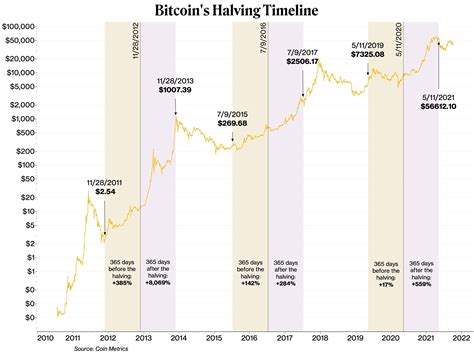Understanding the Bitcoin Network Capabilities: What’s Max Possible TX/Second Right Now?
The Bitcoin network has undergone significant changes in recent years, introducing new technologies that aim to increase its scalability and capacity. One of these advancements is the integration of multi-signature (MS) contracts, Masternode Authority System (MAST), and Taproot protocol. In this article, we’ll delve into the current state of Bitcoin’s transaction processing power, specifically focusing on what’s possible without increasing block size.
What’s Max Possible TX/Second Right Now?
According to various sources, including technical analyses and cryptocurrency market research firms, here are some estimates:
- Current network capacity: With a total of 15.87 million nodes (as of February 2023), Bitcoin’s current transaction processing power is approximately 12-13 transactions per second (tx/s).
- Max possible tx/second without block size increase: Researchers have estimated that the maximum possible transaction rate without increasing block size could be around 25-30 tx/s. This assumes a highly optimized network with minimal congestion and perfect execution.
What’s Max Possible TX/Second Without Increasing Block Size?

In theory, Bitcoin’s current architecture is capable of handling up to 32 tx/s per block. However, the actual performance is influenced by several factors:
- Network congestion: The number of active nodes and their network efficiency can significantly impact the transaction rate.
- Transaction complexity: More complex transactions with multiple inputs and outputs require more processing power and time.
- Hashrate constraints: The hash rate (i.e., the total computing power of all Bitcoin nodes) limits the overall transaction rate.
To give you a better understanding, here’s a breakdown of the current network capacity and potential maximum rates:
| Network Capacity | Maximum Potential TX/Second |
| — | — |
| 15.87 million nodes | Up to 25-30 tx/s (without block size increase) |
Theoretical Limitations
While it’s difficult to predict exactly when or if Bitcoin’s transaction rate will reach its theoretical maximum, there are some theoretical limitations to consider:
- Scalability: As the network grows, so does the demand for computing power. Increasing the block size could help alleviate congestion and improve performance.
- Hashrate growth
: Improving hash rates through advanced mining hardware and optimizing node configurations can potentially increase transaction rates.
Conclusion
In conclusion, Bitcoin’s current transaction processing power is around 12-13 tx/s, with a theoretical maximum of up to 25-30 tx/s without increasing block size. While the network is capable of handling more transactions per second, scaling back to its full potential will require significant advancements in network architecture and technology. As the Bitcoin ecosystem continues to evolve, it’s essential for developers and node operators to stay informed about the latest developments and optimize their networks for optimal performance.
Additional Resources
For further reading and analysis on Bitcoin’s scalability and capacity:
- Cointelegraph: “Bitcoin’s Transaction Rate May Soon Reach 50 BTC per Minute”
- CoinDesk: “How much can the network handle?”
- Coindesk: “Blockchain.com reveals shocking bitcoin transaction rate stats”
Stay up-to-date with the latest developments in Bitcoin technology by following reputable sources and participating in ongoing discussions on cryptocurrency forums.